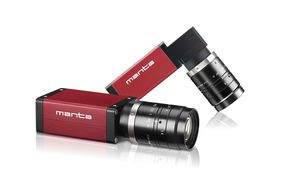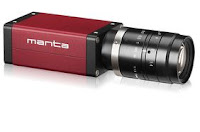Multi-Megapixel imaging has come down significantly in price in the last few months.
In comparison to previous multi-megapixel CCD image sensors, the price per pixel has been reduced by almost 50%!
This is being fueled by new CMOS image sensors from ON-Semiconductor and Sony and are now debuting in several camera lines.
Additionally, Crowley has reduced the price on the 71MP USB3 camera making it extremely affordable for many applications. With a resolution of 10,000 x 7,096 @ 3 frames per second, this camera is excellent for applications ranging from aerial surveillance to industrial machine vision applications.
The new CMOS image sensors bring exceptional sensitivity, lower noise, increased speeds and best of all, lower prices!
These multi-megapixel (high resolution) sensors are available in 12, 16, 25 and 71 megapixel resolutions with their specifications below along.
Specifications on multi-megapixel industrial cameras
(click on camera for full specifications or sensor for specs)
12MP – AVT – Manta G-1236 (Sony Pregius IMX304)
16MP – Dalsa Nano XL-M4090 (On-Semi PYTHON NOIP1SN016KA)
25MP – Dalsa Nano XL-M5100 (On-Semi PYTHON NOIP1SN025KA)
71MP- Crowley – MACHCAM (CMOSIS CHR70M ) NEW low price just released!
Applications include:
- Aerial Surveillance
- Metrology
- Semiconductor, LCD / PCB Inspection
- Archival Scanning (Documents and Micrographics)
- General Machine Vision and more
Remember, lens selection is as important as the camera selection. Don’t pay for a camera and throw away pixels due to lack of lens resolution. 1st Vision has experts on hand to help you in the lens selection!

